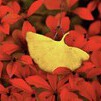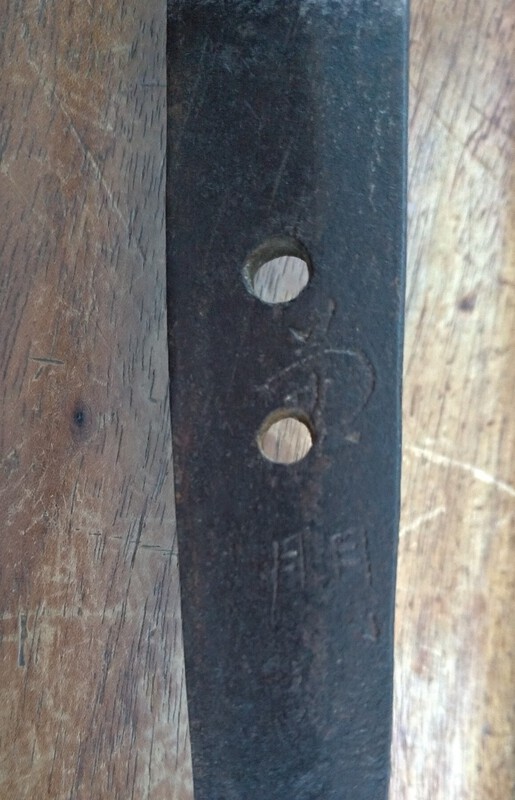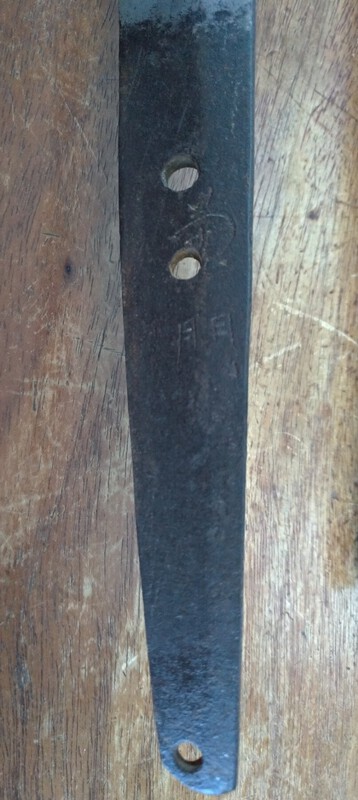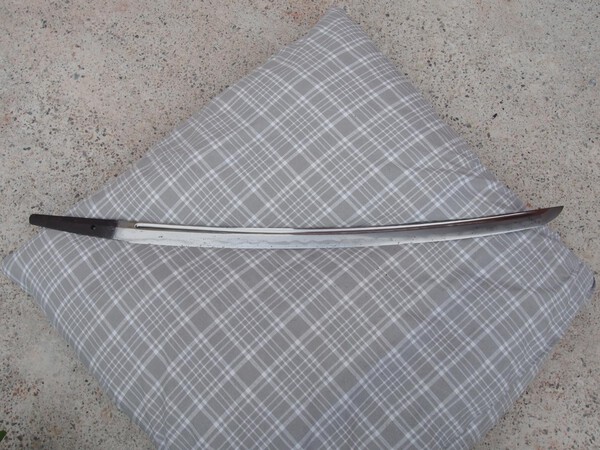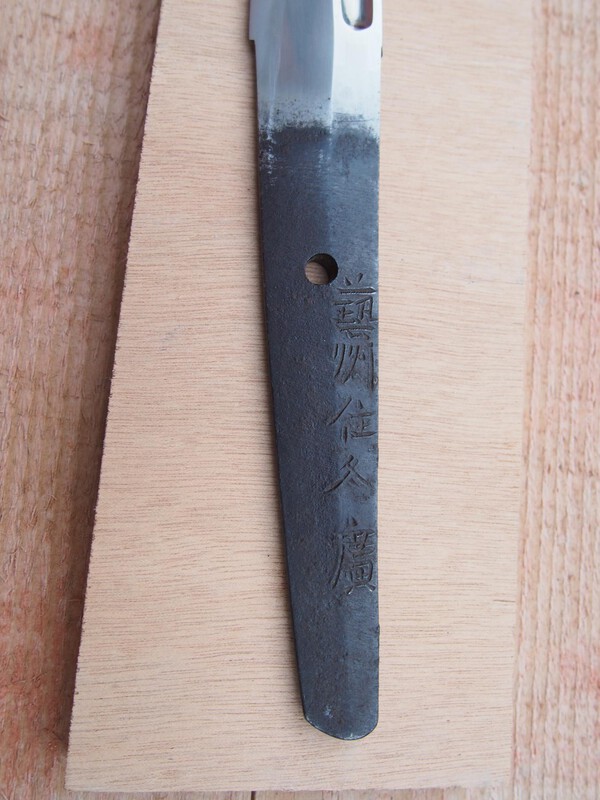-
Posts
9 -
Joined
-
Last visited
jocayol's Achievements
-
The blade of the Wakizashi is from the EDO period with an inconspicuous suguha temper line. It was probably cut during post-war disarmament operations. There are only 19cm left all inclusive. The Koshirae is from the EDO period (1600-1868) and is 66cm long. Weight about 550gr. Tsuka: 15cm with coarse grain ray skin and green braiding. Openwork Habaki in 2 parts in red copper. double habaki with an openwork motif of a chrysanthemum and a branch of a plum tree (?) not common. 2 copper sepa. Fuchi in patinated copper with parts gilded with fine gold. Menuki and Kashira in engraved and patinated copper with gilding. 19th century naban style tsuba in molded openwork iron, 68 mm by 64.5 mm. 50.3cm wooden saya covered with eggshell mosaic (rankaku) and lacquer. Blackened horn end. Cut blade, blows, rust, scratches and various wear on the whole katana, particularly on the saya which has been repaired and the lacquer restored. See the pictures. There may be customs clearance fees for shipments outside the European Union. Price 200€. Payment by PayPal, or by check only if the bank account is in France, or by bank transfer only in the Euro zone. Possibility of payment in US dollars by PayPal: $214 Delivery by Colissimo recommended for France: €10 Delivery by Colissimo recommended for the European Union: 20€ Delivery by registered Colissimo (by air) for the rest of the world: 45€ or 51$ US dollar.
-
This is the traditional model because the samurai only keeps the Wakizashi with him inside the house. Sold without katana. Base 29x26cm Height 64cm Weight 980gr. Authentic object from the EDO period (1600-1868) In black lacquered wood painted in relief and inlaid with mother-of-pearl. Interlocking assembly: no nails or screws. There are lacquer defects and repairs, but the wood is not attacked and the support is still functional despite its age. Delivery by Colissimo Recommended. Price 210€. Payment by PayPal, or by check only if the bank account is in France, or by bank transfer only in the Euro zone. Possibility of payment in US dollars by PayPal: $225 Delivery by Colissimo recommended for France: €10 Delivery by Colissimo recommended for the European Union: 20€ Delivery by registered Colissimo (by air) for the rest of the world: 45€ or 51$ US dollar.
-
-
Hello Mikaveli. I do have a katana signed kanékado that I plan to sell, but you should check that it is indeed the kanékado you are looking for. I will send you the photos. cordially
-
Hello The shinogi extends into the nakago Jiri following the general corbure of the blade. The blade is surage with the point of curvature of the Koshi zori 9 cm from the Munemachi. So it originally had a larger sori of around 20mm. I think the original Menuki Ana has been lost; but that's just a feeling. Otherwise, I was wrong, there are only two Menuki Ana on the current Nakago. Best regard Henri joel
-
Hello, I would like to introduce you to my surage katana with a takashi shinogi; this results in a section that looks a bit like a rhombus. I have read that the important shinogi were characteristic of the Yamato style, and associated schools (Uda, Mihara, Nio, Kongobei, Naminohira). Some blacksmiths are also known to have forged their blades with wide shinogi. However, the blade is Saki-zori with an 11mm sori which should (when it was ubu) be around 20mm taking into account the shinogi which extends into the nakago which is rather typical of Bizen. Of course, it is probably impossible to determine a school without holding the blade in hand. My question is more general: Is it fair to think that because of the broad shinogi (shinogi takashi) the blade is Koto ? Could this blade in particular be early Muromachi or even older ? Is the temper line Sugu ? total length 79cm with a sori: 16 mm Nagasa: 62 cm With a sori: 11 mm Moto-kasane: A = 0.60 cm B = 0.49 cm Saki-gasane: A = 0.38 cm B = 0.28 cm Moto Haba 29mm Saki Haba 20.8mm Kissagi: 33mm shu kissaki Hada: Masame / itamé ? Possible school Yamato ? Saki-zori weak because she is surage blade weight 515 gr Mekugi: 3 Thanks for your help Henri-jo
-
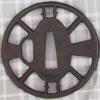
Script Translation On Early Meiji Gohonzon
jocayol replied to Justin Grant's topic in Translation Assistance
Hello, I'm not a expert but I see in the down center a ORIGAMI (折紙) SIGNATURES like page 66 of the NIHONTŌ COMPENDIUM © 2015 Markus Sesko https://markussesko.files.wordpress.com/2015/04/nihontocompendium-e1.pdf Good luck Henri-Joël -
Thank you very much. With this information I find in the index of Japanese swordsmiths five generation of Geishu Ju Fuyuhiro ( 藝州住冬廣)for the end Shinto to ShinShinto period. complet informations : Nagasa : 53.4 cm Ful lent : 67.8 cm Sori : 18 mm weight : 555 gr. moto-haba : 30.4 saki-haba : 22.2 moto-kasane :7.2 saki-kasane : 5.1 Hamon : GUNOME BOHI With the photo and this informations, do you have one idea of the périod or the Geishu Ju Fuyuhiro generation ?
-
Hello I buy in Japan a whakizashi sword (I think this sword is Shinto) and i can understand the end of the mei : 住冬廣 (ju fuyuhiro) but I cant read the begining. The nagasa length is 53,4 cm and the sori : 18 mm Can I have some help about the firs Kanji ? Thank you very much Henri-Joël


